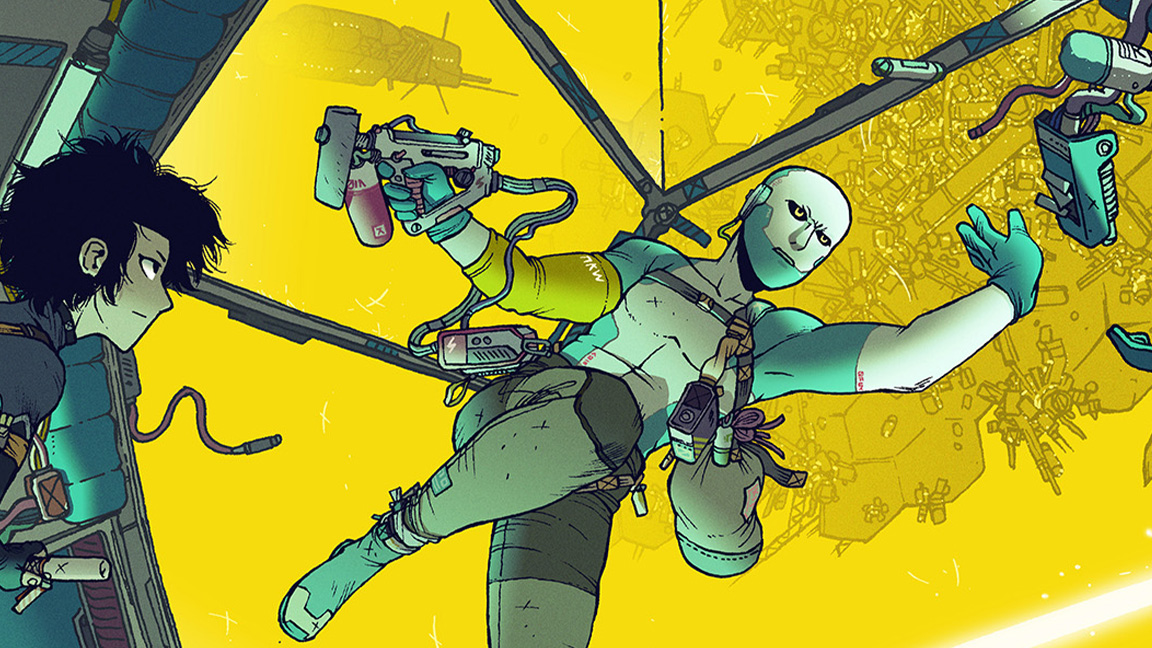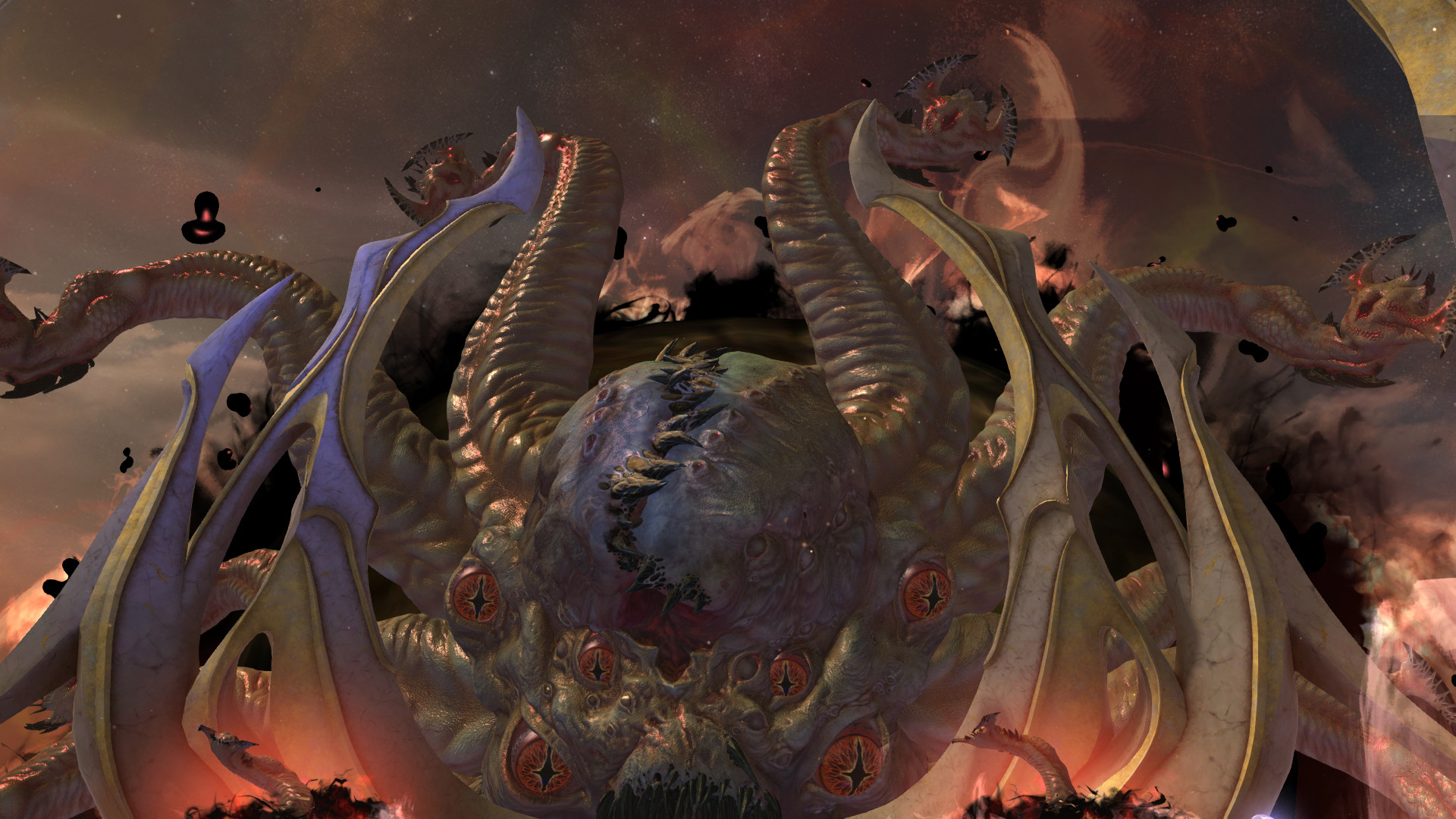Why Citizen Sleeper 2's no-code creative process is an inspiration
Visual scripting could open up game development to more people than ever before.

Game development is hard, we all know that. It’s often said that any finished game, no matter how good or bad, represents a kind of miracle, the alchemical intermeshing of disparate elements of art, audio and code to breathe life into something unique (and something that probably only worked properly for the first time a few weeks before release). It’s difficult, and, to the outsider, a bit mysterious. But it’s also getting easier.
Solo developer Gareth Damian Martin revealed to us recently that Citizen Sleeper 2 – along with Gareth’s previous games – was built entirely using visual scripting. In other words, Gareth didn’t have to type out endless strings of code to create this world. Instead, it was made from dropdown menus and flow charts. This game was dragged and dropped into existence.
It's the kind of approach some game development software has offered for a few years now, including GameMaker, Godot and Buildbox. Many indie developers have started on these apps before embracing Unity and Unreal Engine 5, including the creator of upcoming game Hyper Light Breaker, and Heart Machine founder, Alx Preston, who's first game Hyper Light Drifter was made using GameMaker.
Citizen Sleeper 2's no-code inspiration

The broader use of no-code, visual scripting workflows is hugely exciting for a number of reasons. For a start, it shows that someone with very little experience in coding can make a very good game indeed. Gareth’s background is in illustration and writing, but they were able to pick up the elements of game design through the narrative game development tool Twine and later through PlayMaker, a visual scripting tool for Unity. This is hugely inspiring for artists everywhere who perhaps thought game design might be beyond their reach, or who might be scared off by the idea of typing endless pages of arcane code.

Perhaps the knowledge that Gareth has succeeded will inspire others to follow. As Gareth has said, game development is now “more accessible than ever”, and as a consequence, we might start seeing new and different games from people who might otherwise have never entered the games industry. People who might have thought coding wasn’t for them, or whose brains work better through visual thinking than processing text. New voices and new perspectives are always welcome.
The scale of Gareth’s success is another factor. Citizen Sleeper was a massive hit, reaching more than a million players, and it was showered with praise from critics. This is a professional looking game that displays no hint of the way it was made – which is important, because there’s a tendency for programmers to be a little dismissive of visual scripting tools, deeming them to be a poor cousin to good old-fashioned typed code. And they’re right, to a certain extent. Visual scripting, by its nature, isn’t quite as malleable as typing code from scratch.
Yet at the same time, the tools – like Blueprints in Unreal or GML Visual in GameMaker – have been getting better and better. The fact that such a stunning game as Citizen Sleeper 2 has been made with PlayMaker might alert more people to how powerful these tools can be.
Get the Creative Bloq Newsletter
Daily design news, reviews, how-tos and more, as picked by the editors.
Has game development become more accessible?

Visual scripting is often used as a way to learn coding – for example, Scratch is a popular coding tool for kids that helps teach the basics in a visual way. Likewise, adults coming to coding for the first time can teach themselves the rules of how games work through tools like PlayMaker before learning the programming-language equivalents later on. Even those apps that offer no-code workflows, such as GameMaker and its GML code, encourage users to experiment with adapting the pre-made code and so learn how things are made.
But perhaps there’s no need to move on from visual scripting. Perhaps, in the long run, and for most people, it will become the norm, like how the text-based commands of DOS were superseded by the graphical user interface of Windows. There will always be a need for people to dig down into the text trenches, to fix things and create functionality behind the graphical curtain, but perhaps in the future those people will be the minority, while most programmers will be dragging and dropping in their day jobs.
It might take a long time to get to that point. It will be hard to replicate the things that are possible with text in a purely visual environment. But in the meantime, visual scripting offers a way for people who might never have thought they were cut out for code to give game development a try. Maybe that’s you. Maybe you’ll make a game as big as Citizen Sleeper. Why not try?
Citizen Sleeper 2: Starward Vector will release 31 January for the best games consoles, including PlayStation 5, Xbox Series X and Nintendo Switch, as well as Steam.

Thank you for reading 5 articles this month* Join now for unlimited access
Enjoy your first month for just £1 / $1 / €1
*Read 5 free articles per month without a subscription

Join now for unlimited access
Try first month for just £1 / $1 / €1

Lewis Packwood has been writing about video games professionally since 2013, and his work has appeared in The Guardian, Retro Gamer, EDGE, Eurogamer, Wireframe, Rock Paper Shotgun, Kotaku, PC Gamer and Time Extension, among others. He is also the author of Curious Video Game Machines: A Compendium of Rare and Unusual Consoles, Computers and Coin-Ops (White Owl, 2023).
